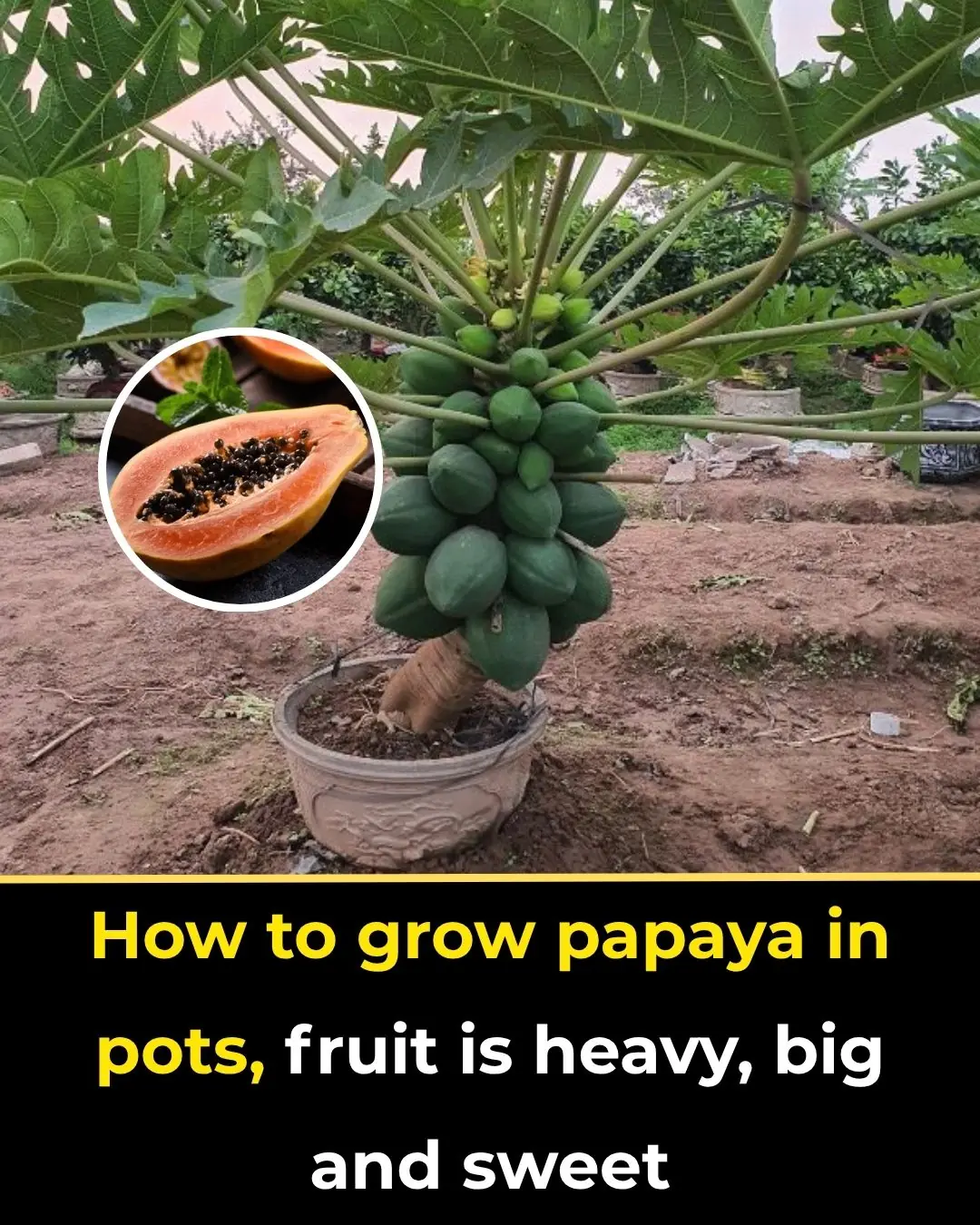
This is a very good anti-cancer food, and is affordable when sold in Vietnamese markets. 👇👇
The Superfood That Fights Cancer, Strengthens the Heart and Bones — Sold at Vietnamese Markets for Only 10,000₫ a Bunch
Watercress — a humble green often seen at Vietnamese wet markets — is more than just a leafy vegetable. This underrated superfood has been praised by nutrition experts around the world for its remarkable health benefits, from fighting cancer to improving heart and bone health. And the best part? It only costs about 10,000–12,000₫ per bunch in local markets.
A Common Ingredient with Extraordinary Benefits
Known in Vietnam as cải xoong or xà lách xoong, watercress (scientific name Nasturtium officinale or Nasturtium microphyllum) grows both in water and on land. The plant has floating stems, feather-shaped leaves, and small greenish-white flowers that bloom in clusters.
With its mildly peppery flavor and crisp texture, watercress is a familiar sight in Vietnamese family meals — often used in soups, stir-fries, or simply blanched as a side dish. Despite its simplicity, watercress is a nutrient powerhouse that contributes to overall wellness, especially cardiovascular and skeletal health.
Ranked the World’s Most Nutrient-Dense Vegetable
According to research from the U.S. Centers for Disease Control and Prevention (CDC), watercress achieved a perfect nutrition score of 100, topping the list of the world’s healthiest fruits and vegetables.
It even surpasses spinach (86.43%) and cabbage (91.9%) in nutrient density. The study highlights watercress’s exceptional cancer-fighting properties and its well-balanced composition of vitamins and minerals.
Visually, watercress grows 20–40 cm tall, with branching stems and roots that develop at the nodes. The leaves are deep green and alternate along the stem, while the white flowers form at the tips. Its cylindrical seed pods contain numerous tiny red-brown seeds — a feature that makes it easy to propagate.
Outstanding Health Benefits of Watercress
1. Reduces Cancer Risk
Watercress is one of the richest natural sources of phenethyl isothiocyanate (PEITC), a compound proven to inhibit the development and spread of cancer cells. Alongside broccoli and radish, watercress ranks among the top vegetables containing high levels of PEITC.
Moreover, its abundance of vitamin C helps the body combat oxidative stress and cellular damage caused by free radicals, providing another powerful layer of cancer protection.
2. Boosts Immunity
Thanks to its high vitamin C content, watercress helps strengthen the immune system and lower the risk of infections. It also contains vitamin A, which plays an essential role in maintaining healthy skin and mucous membranes — the body’s first line of defense against pathogens.
Adding watercress to your weekly meals can help keep your immune system strong, especially during seasonal changes.
3. Supports Heart Health
Regular consumption of watercress is linked to a lower risk of cardiovascular diseases.
The vegetable is low in sodium and saturated fats, but rich in antioxidants like quercetin, which help reduce blood pressure, improve circulation, and lower cholesterol levels.
Additionally, watercress provides essential minerals such as calcium, magnesium, and potassium, all of which help regulate blood pressure and support the DASH (Dietary Approaches to Stop Hypertension) eating plan.
4. Promotes Eye Health
Watercress contains lutein and zeaxanthin, two carotenoids that help protect the eyes from macular degeneration, a leading cause of vision loss in older adults.
These antioxidants act as natural filters for harmful blue light, preserving clear vision and supporting long-term ocular health.
5. Strengthens Bones and Joints
Watercress is loaded with calcium, magnesium, vitamin C, and vitamin K — all of which are vital for maintaining strong bones and joint flexibility.
Vitamin K, in particular, plays a key role in calcium absorption and bone regeneration.
Including watercress regularly in your diet can help prevent conditions like osteoporosis and joint stiffness, especially as you age.
Additional Benefits
-
Detoxification: The natural compounds in watercress promote liver function and help flush toxins from the body.
-
Skin Health: With its high levels of antioxidants and hydration, watercress contributes to clearer, more radiant skin.
-
Weight Management: Low in calories but rich in fiber, it helps promote fullness without adding excess calories — perfect for those watching their diet.
Precautions When Consuming Watercress
Although watercress is safe for most people, there are a few precautions to keep in mind:
-
Blood-thinning medication users should be cautious, as the high vitamin K content can interfere with medication effectiveness.
-
People with a history of kidney stones should moderate their intake, since watercress contains oxalates, which may contribute to stone formation.
-
Individuals with specific allergies should avoid it if they’ve previously reacted to cruciferous vegetables.
As with any food, moderation and balance are key.
Tips for Buying and Using Watercress
When shopping at the market:
-
Choose bunches with vivid green leaves and crisp stems.
-
Avoid any that look wilted, yellowed, or slimy.
-
Store in a breathable bag in the refrigerator, and rinse just before cooking to maintain freshness.
💡 Cooking tip: Lightly blanching or quick stir-frying helps preserve the plant’s nutrients and natural flavor. Overcooking may reduce its vitamin content.
Final Thoughts
Watercress is an affordable yet incredibly nutritious superfood that deserves a place in every kitchen.
By incorporating it regularly into your meals, you can support heart and bone health, boost immunity, and reduce cancer risk — all for the price of a simple bunch of greens from your local market.
Simple, natural, and full of vitality — watercress proves that true superfoods don’t need to be expensive.
News in the same category


Save millions of electricity bills every year by knowing how to clean this part of the rice cooker

Mix banana peels with this and leave it in the corner of the house. After just 1 night, all the cockroaches will run away.

4 ways to boil chicken without water

Tips to get rid of cockroaches from your house with easy-to-find ingredients that are both effective and extremely safe
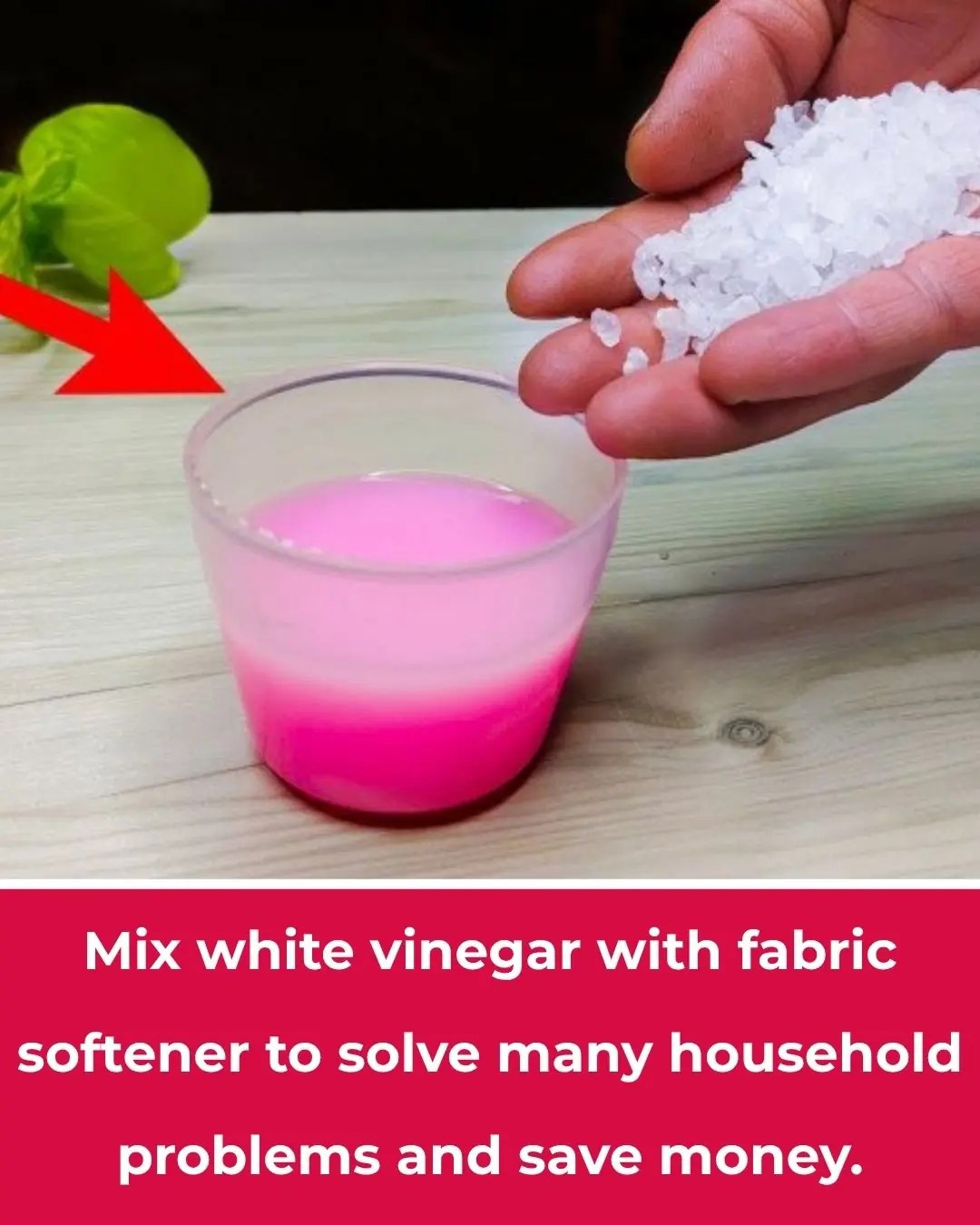
Mix white vinegar with fabric softener to solve many household problems and save money.
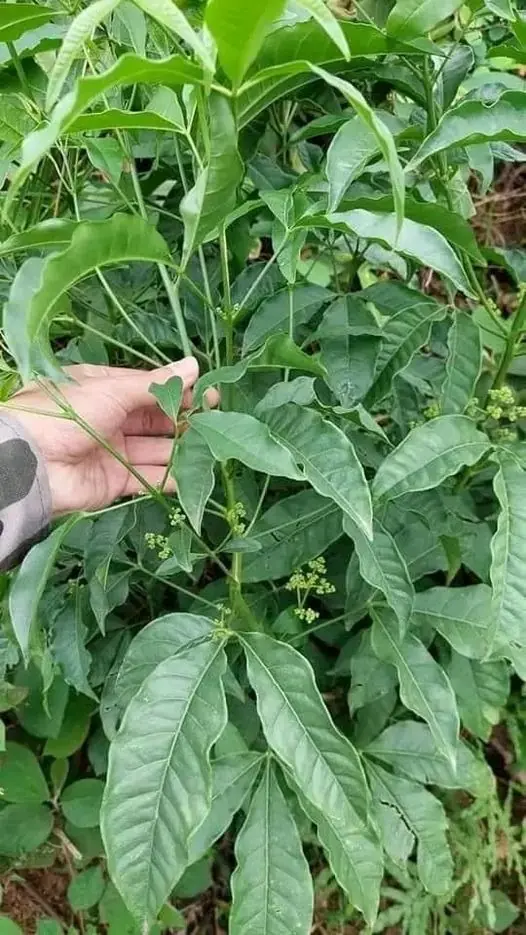
Bitter but very good.

Don't soak frozen meat in water. Listen to the chef's instructions on how to defrost it in 5 minutes and the meat will still be delicious.

Everyone please take care of yourself 👇👇
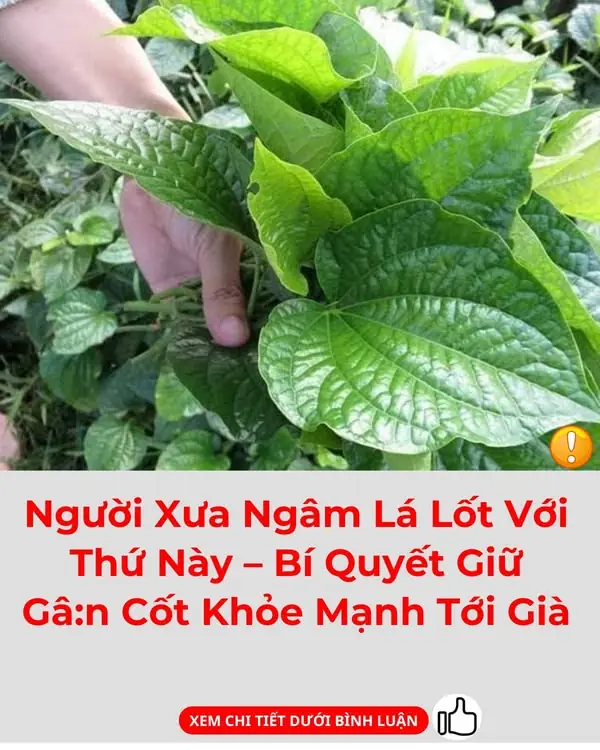
Don't Just Roll Meat With Betel Leaves - 5 Medicinal Uses Worth More Than Western Medicine!
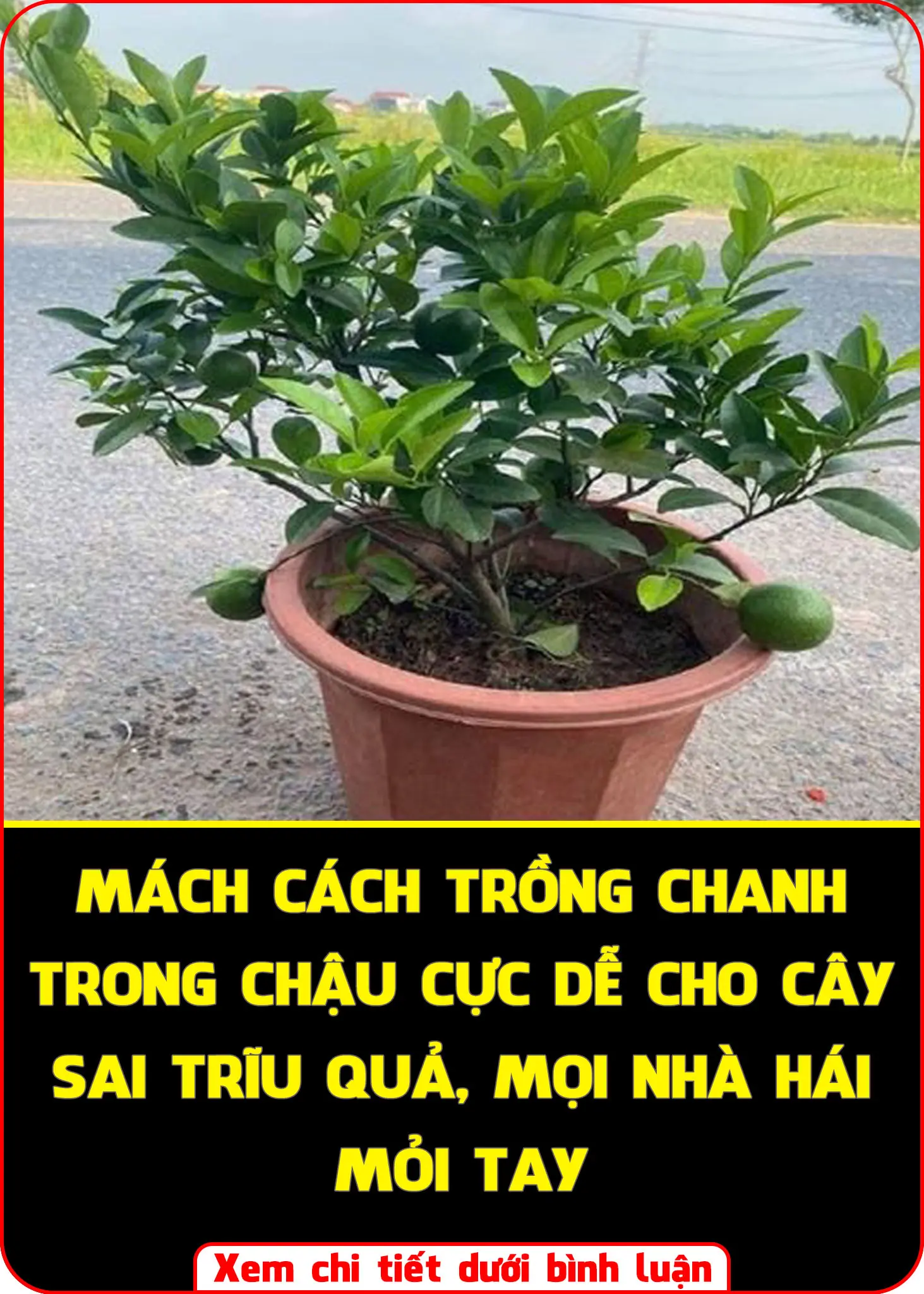
How to grow lemons in pots to produce fruit all year round, the whole family can't eat it all
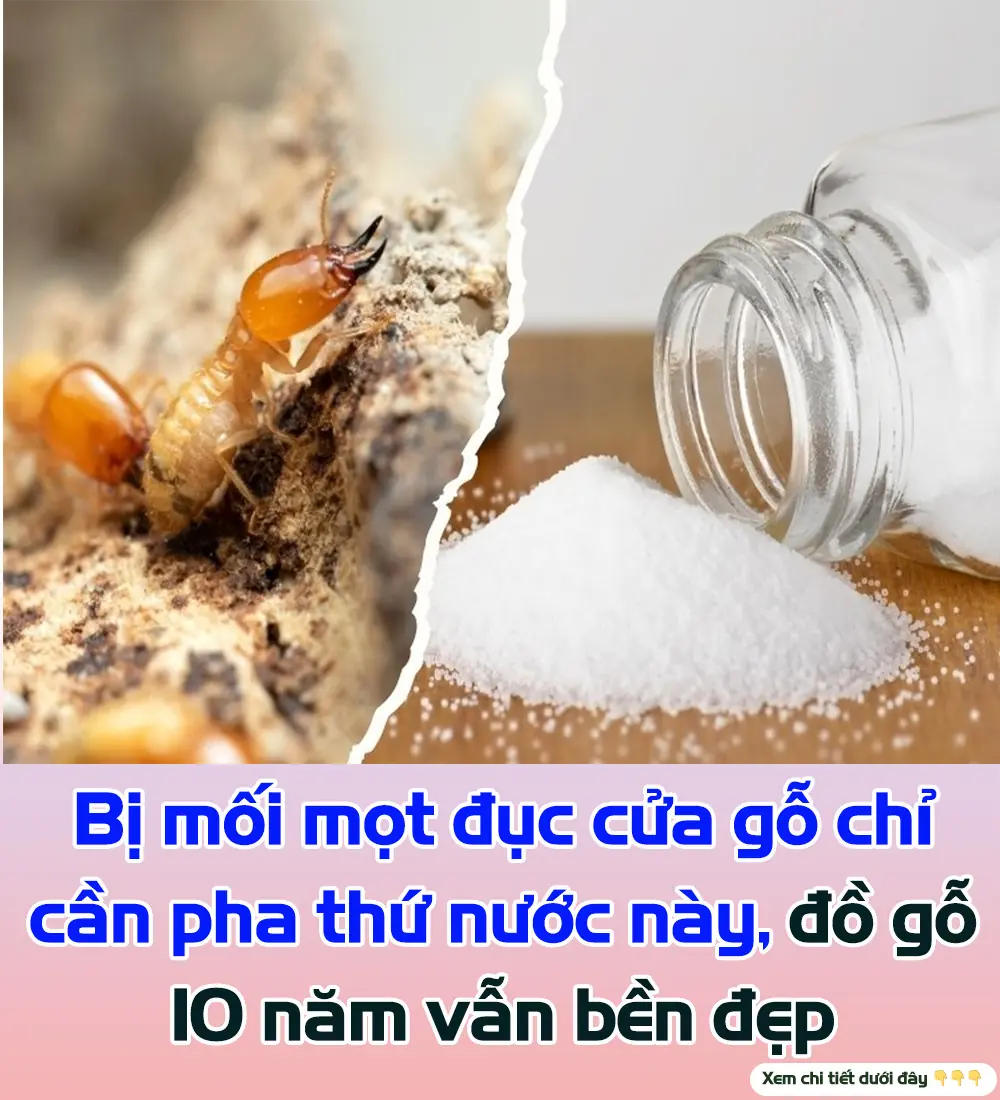
If your wooden door is infested with termites, just pour this mixture on it and your wooden furniture will still be beautiful after 10 years.
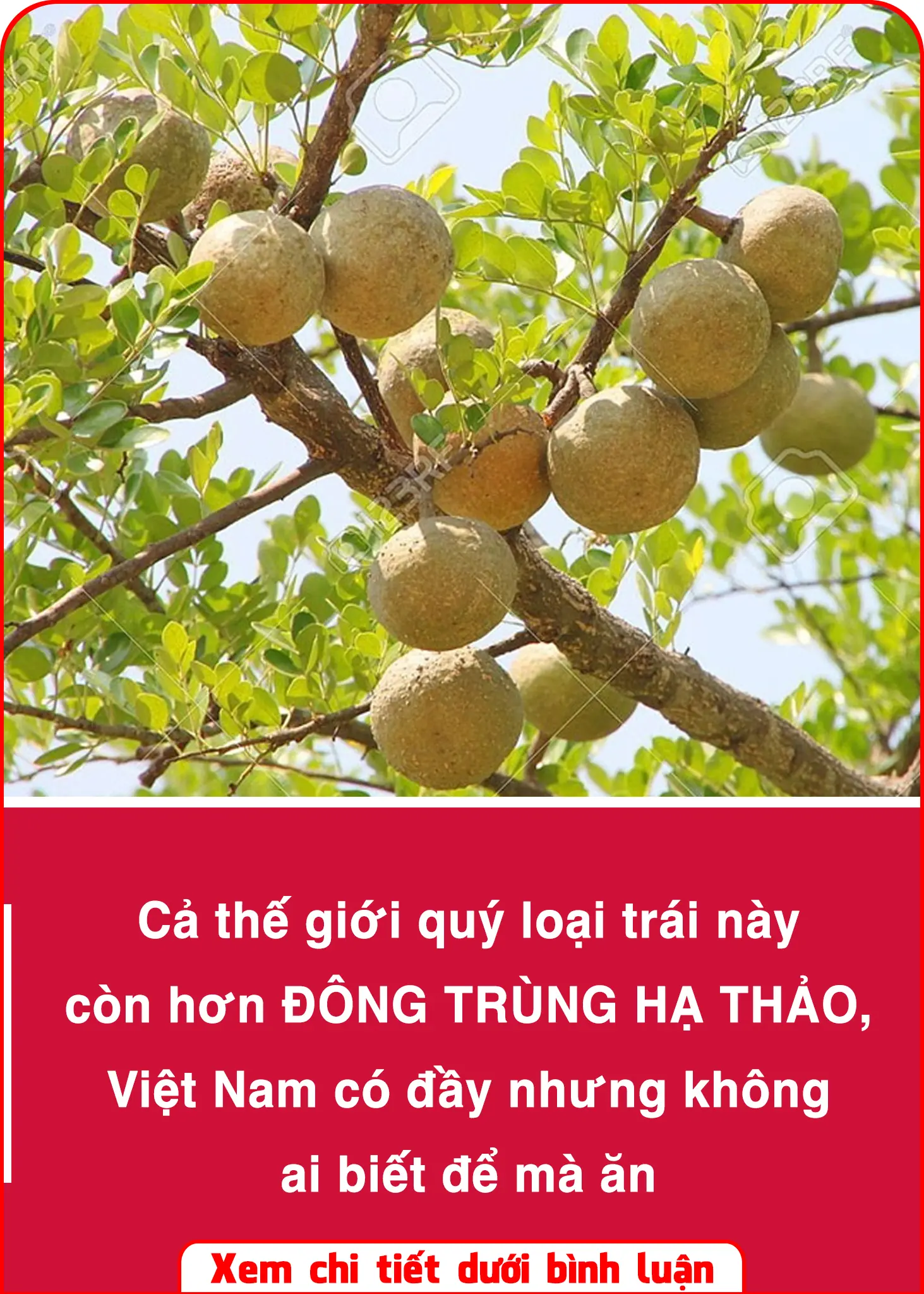
Vietnam has it all but no one knows how to eat it 👇👇
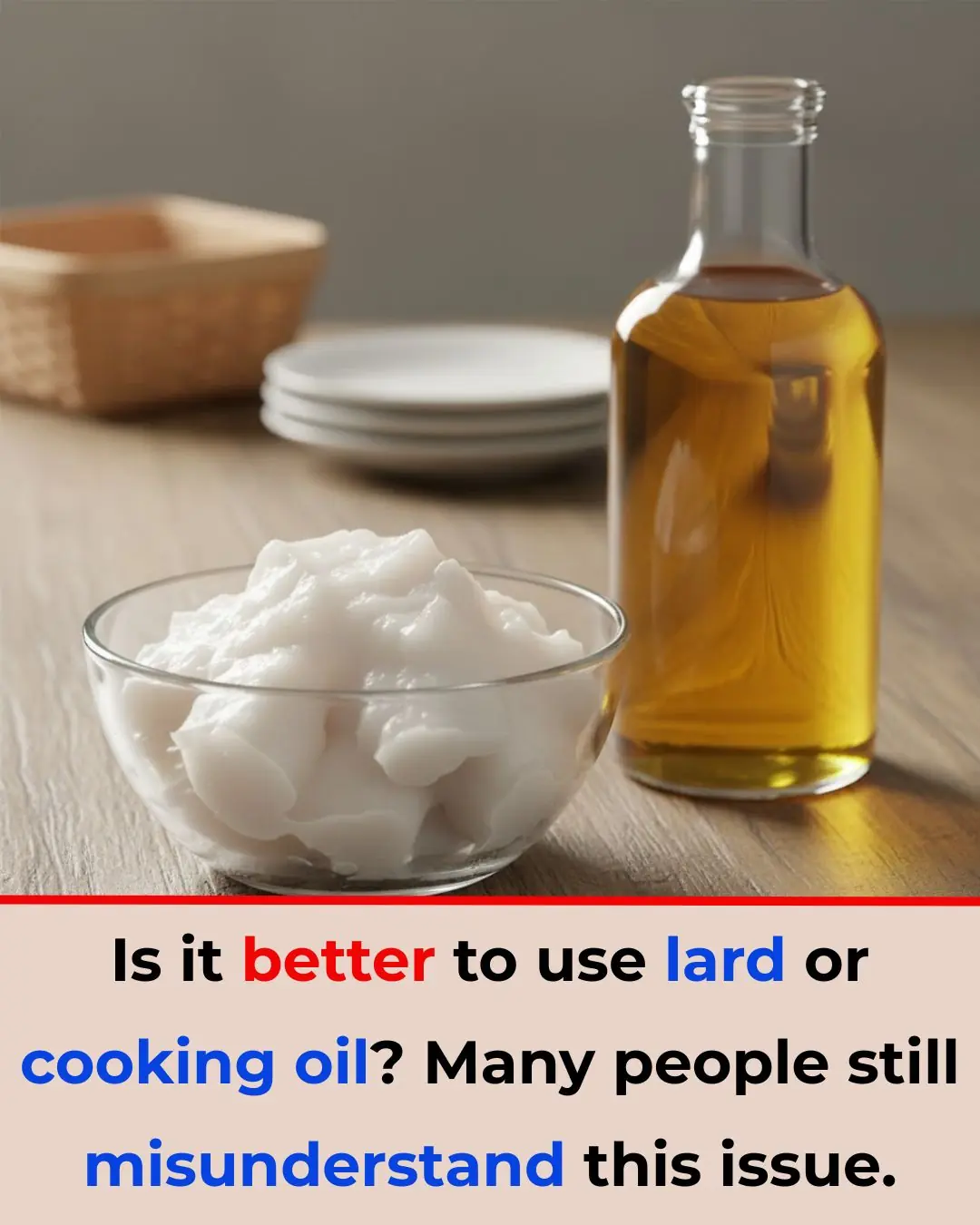
Lard vs. Cooking Oil: Which Is Better? Many People Still Misunderstand This Issue

Miraculous: Placing an Orange Beside Your Bed Can Surprisingly Improve Your Health

Don’t Wash Black Moldy Wooden Cutting Boards with Soap: Try This Simple Method and Your Board Will Be Spotless in Just 5 Minutes

7 Ways How To Deal With A Cheating Husband

Just Add a Few Drops of This When Frying Eggs — They Puff Up Fluffy and Soft, Two Eggs Seem Like Four

Jasmine growing tips: 4 simple steps, flowers bloom all year round, hundreds of flowers in full bloom
News Post

‘Shuts TF Up’: Scott Jennings’ Unhinged Back and Forth with Abby Phillip Takes a Turn When Van Lathan Begins to Speak

How to grow papaya in pots, fruit is heavy, big and sweet

Melissa Koby Becomes First Black Woman to Create Official U.S. Open Artwork, Honors Althea Gibson for 75th Anniversary

Save millions of electricity bills every year by knowing how to clean this part of the rice cooker

Mix banana peels with this and leave it in the corner of the house. After just 1 night, all the cockroaches will run away.

Joy-Ann Reid Returns to the Mic With New Podcast “The Joy Reid Show”

Kamala Harris Makes Surprise Appearance at Compton High Graduation After Chance Encounter With Student

4 ways to boil chicken without water

Tips to get rid of cockroaches from your house with easy-to-find ingredients that are both effective and extremely safe

Mix white vinegar with fabric softener to solve many household problems and save money.

Reading Rainbow Is Back With A New Host — Mychal the Librarian

Political Strategist Ashley Allison, Acquires The Root, Returning it to Black Ownership

Dr. Valencia Robertson Wells Becomes First Black President of the Alabama Optometric Association

Coronation Street Debbie Webster' secret child twist 'sealed' and her son is on cobbles

Meet Jonathan, The Oldest-Known Animal In The World

Mind-Blowing Cloud Formations You Probably Haven’t Seen Before

The Best Places to Photograph in Montana

A Thermometer Just Broke At -62°C (-80°F) In The World’s Coldest Village, And The Photos Are Breathtaking

15 Winners Of The Northern Lights Contest By “Capture The Atlas”
